Maxtan
✅ Relieves migraine headaches
✅ Reduces migraine symptoms
✅ Fast-acting relief
✅ Decreases migraine frequency
✅ Improves quality of life
Maxtan contains Rizatriptan.
Product Overview
Maxtan is a prescription medication formulated with the active ingredient Rizatriptan, presented in tablet form. As part of the triptan class of drugs, it is specifically designed to provide relief from migraine headaches. Maxtan functions by constricting blood vessels surrounding the brain and decreasing the presence of substances in the body that can trigger migraine symptoms, including severe headache pain, nausea, and heightened sensitivity to light and sound.
Uses
Maxtan is indicated for the acute treatment of migraine attacks with or without aura in adult patients. It effectively addresses the characteristic pulsating or throbbing pain of migraines and can also mitigate accompanying symptoms such as nausea, vomiting, and photophobia/phonophobia (sensitivity to light and sound).
How to Use
Administer Maxtan tablets orally with a full glass of water when migraine symptoms first appear. The medication may be taken with or without food. If headache symptoms persist after the initial dose, do not take an additional dose without medical consultation. Carefully adhere to the prescribing information and instructions provided with the medication.
How it Works
The active component Rizatriptan exerts its therapeutic effect by binding to serotonin (5-HT1B/1D) receptors in the brain. This binding action causes vasoconstriction of cranial blood vessels and reduces the release of pro-inflammatory neuropeptides. The mechanism helps alleviate both the pain and associated symptoms of migraine attacks.
Dosage and Administration
The standard Maxtan dosage is 5 mg or 10 mg taken at migraine onset. If headache recurs after initial relief, a second dose may be administered after at least 2 hours, with a maximum daily dosage not exceeding 30 mg within a 24-hour period. Dosage adjustments may be necessary based on individual patient factors and medical history. Always follow the specific dosing regimen prescribed by your healthcare professional.
Benefits
Key advantages of Maxtan therapy include:
- Prompt alleviation of migraine headache intensity
- Effective management of associated migraine symptoms
- Simple oral administration format
- Efficacy for both aura and non-aura migraine presentations
- Generally favorable tolerability profile
Common Side Effects
Frequently reported adverse effects may include:
– Dizziness
– Somnolence (drowsiness)
– Asthenia (fatigue)
– Xerostomia (dry mouth)
– Paresthesia (tingling/numbness sensations)
These effects are typically transient and mild in nature. Persistent or severe reactions warrant medical attention. Maxtan may transiently elevate blood pressure in some patients.
Warnings
Maxtan is contraindicated in patients with:
– Uncontrolled hypertension
– Coronary artery disease
– History of cerebrovascular events (stroke/TIA)
Caution is advised for patients with hepatic or renal impairment. This medication is not indicated for migraine prophylaxis or for treatment of non-migraine headache types.
Storage Information
Maintain Maxtan tablets at controlled room temperature (20°C-25°C) in a dry environment protected from moisture and heat sources. Store in original packaging out of reach of children and pets. Do not use beyond the expiration date marked on the product container.
Disclaimer:
The information provided is intended to offer accurate, evidence-based knowledge that has undergone professional review. However, this content should not replace personalized medical advice from a qualified healthcare provider. The details presented here serve educational purposes only and may not encompass all potential drug interactions, contraindications, or adverse effects. We strongly recommend consulting with your physician regarding any health concerns or medication questions. This information aims to complement, not substitute, the essential relationship between patients and their healthcare providers.
| Strength | 5 mg, 10 mg |
|---|---|
| Quantity | 10 Tablet/s, 30 Tablet/s, 60 Tablet/s, 90 Tablet/s, 180 Tablet/s |
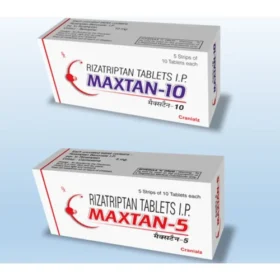 Maxtan
Maxtan










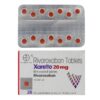
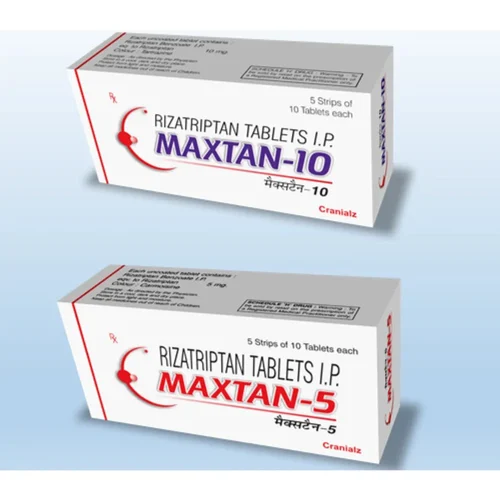
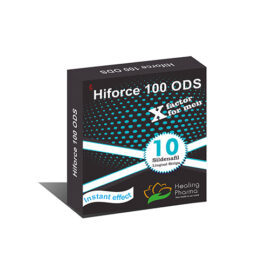
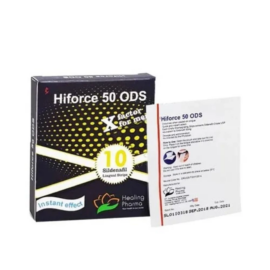
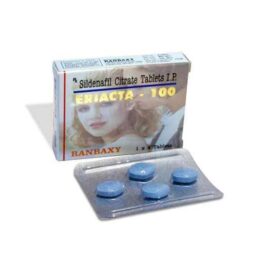



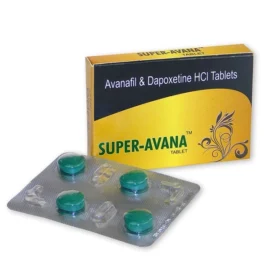

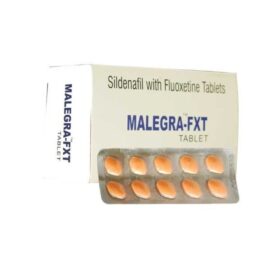
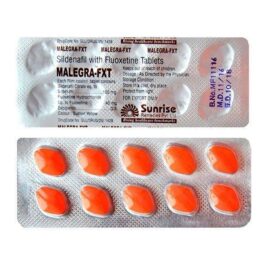

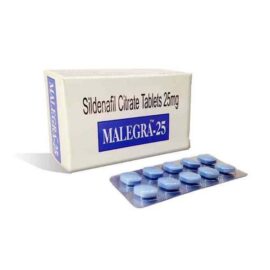

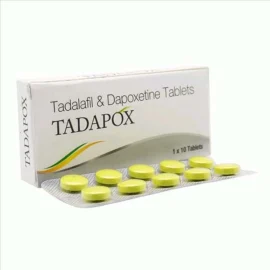
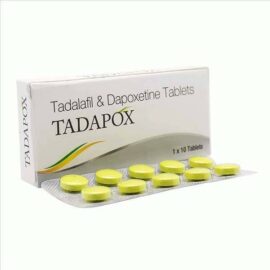
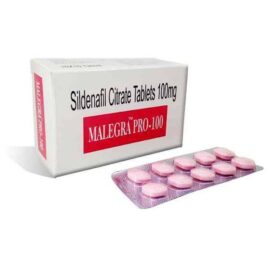
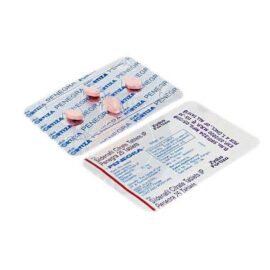
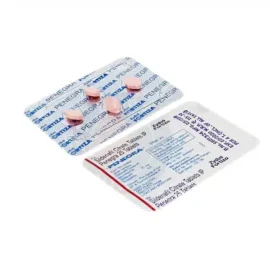
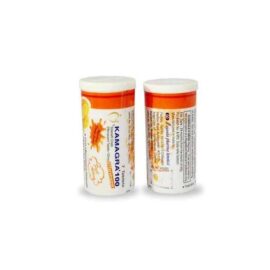
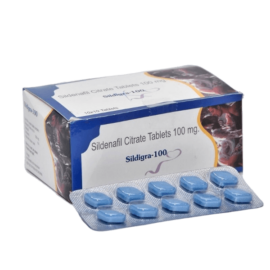
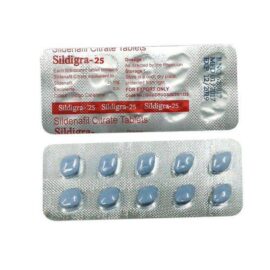
Reviews
There are no reviews yet